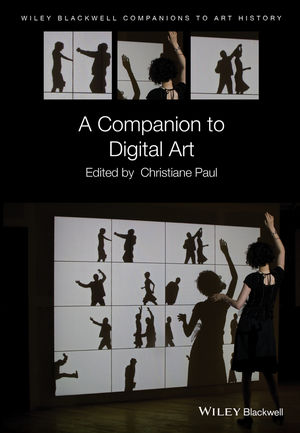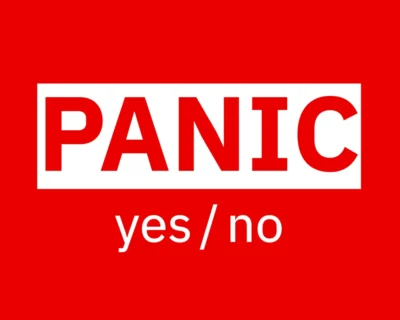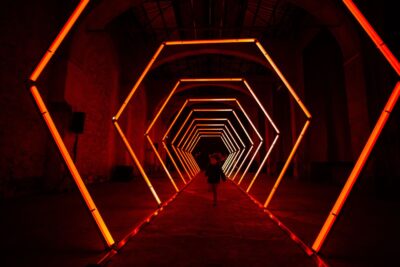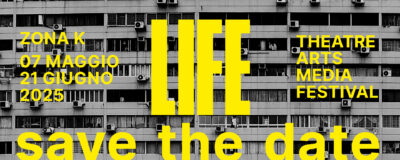Description
- Showcases the critical and theoretical approaches in this fast-moving discipline
- Explores the history and evolution of digital art; its aesthetics and politics; as well as its often turbulent relationships with established institutions
- Provides a platform for the most influential voices shaping the current discourse surrounding digital art, combining fresh, emerging perspectives with the nuanced insights of leading theorists
- Tackles digital art’s primary practical challenges – how to present, document, and preserve pieces that could be erased forever by rapidly accelerating technological obsolescence
- Up-to-date, forward-looking, and critically reflective, this authoritative new collection is informed throughout by a deep appreciation of the technical intricacies of digital art
-
Table of Contents
List of Figures ii
Notes on Contributors iii
Acknowledgements iv
INTRODUCTION ov
From Digital to Post-Digital — Evolutions of an Art Form v
Christiane PaulPART I: HISTORIES OF DIGITAL ART
1 The Complex and Multifarious Expression of Digital Art and its Impact on Archives and Humanities
Oliver Grau2 International Networks of Early Digital Arts
Darko Fritz3 Art in the Rear-View Mirror: The Media-Archaeological Tradition in Art
Erkki Huhtamo4 Proto-Media Art: Revisiting Japanese Postwar Avant-garde Art
Machiko Kusahara5 Generative Art Theory
Philip Galanter6 Digital Art at the Interface of Technology and Feminism
Jennifer Way07 The Hauntology of the Digital Image
Charlie Gere8 Participatory Art: Histories and Experiences of Display
Rudolf FrielingPART II: AESTHETICS OF DIGITAL ART
9 Small Abstract Aesthetics
Max Bense10 Aesthetics of the Digital
Sean Cubitt11 Computational Aesthetics
M. Beatrice Fazi and Matthew Fuller12 Participatory Platforms and the Emergence of Art
Olga Goriunova13 Interactive Art: Interventions in/to Process
Nathaniel Stern14 The Cultural Work of Public Interactives
Anne BalsamoPART III: NETWORK CULTURES: THE POLITICS OF DIGITAL ART
15 Shockwaves in the New World Order of Information and Communication
Armin Medosch16 Critical Intelligence in Art and Digital Media
Konrad Becker17 The Silver Age of Social Media: Nettime.org and the Avant-Garde of the 90s
McKenzie Wark18 Art in the Corporatized Sphere: The Impact of Commercial Social Media on Online Artistic Practice
Kyle Chayka19 Big Data and Artistic Visualization
Lev Manovich20 Critical Play: The Productive Paradox
Mary FlanaganPART IV: DIGITAL ART AND THE INSTITUTION
21 Contemporary Art and New Media: Digital Divide or Hybrid Discourse?
Edward A. Shanken22 One of Us! On the Coupling of New Media Art and Art Institutions
Richard Rinehart23 The Digital Arts In and Out of the Institution — Where to Now?
Sarah Cook24 Digital Conservation – Tools, Methods, Strategies
Ben Fino-Radin25 Trusting Amateurs with Our Future
Jon Ippolito26 Enabling the Future, or How to Survive FOREVER
Annet Dekker27 Exhibition Histories and Futures: The Importance of Participation and Audiences
Beryl Graham Author InformationChristiane Paul is Associate Professor in the School of Media Studies at the New School, New York, USA, and also Adjunct Curator of New Media Arts at the Whitney Museum of American Art. Prof. Paul is a noted curator who oversees the Whitney’s artport website and has for more than a decade conceived and administered the museum’s new media exhibitions, including Data Dynamics (2001), Profiling (2007), and Cory Arcangel: Pro Tools (2011). Other curatorial work includes The Public Private (Kellen Gallery, The New School, 2013); Biennale Quadrilaterale (Rijeka, Croatia, 2009-10); Feedforward – The Angel of History (LABoral, Spain, 2009); and INDAF Digital Art Festival (Incheon, Korea, 2009). She is the author of Digital Art (2003), New Media in the White Cube and Beyond (2008), and co-editor with Margot Lovejoy and Victoria Vesna of Context Providers – Conditions of Meaning in Media Arts (2011).
Author InformationChristiane Paul is Associate Professor in the School of Media Studies at the New School, New York, USA, and also Adjunct Curator of New Media Arts at the Whitney Museum of American Art. Prof. Paul is a noted curator who oversees the Whitney’s artport website and has for more than a decade conceived and administered the museum’s new media exhibitions, including Data Dynamics (2001), Profiling (2007), and Cory Arcangel: Pro Tools (2011). Other curatorial work includes The Public Private (Kellen Gallery, The New School, 2013); Biennale Quadrilaterale (Rijeka, Croatia, 2009-10); Feedforward – The Angel of History (LABoral, Spain, 2009); and INDAF Digital Art Festival (Incheon, Korea, 2009). She is the author of Digital Art (2003), New Media in the White Cube and Beyond (2008), and co-editor with Margot Lovejoy and Victoria Vesna of Context Providers – Conditions of Meaning in Media Arts (2011).





